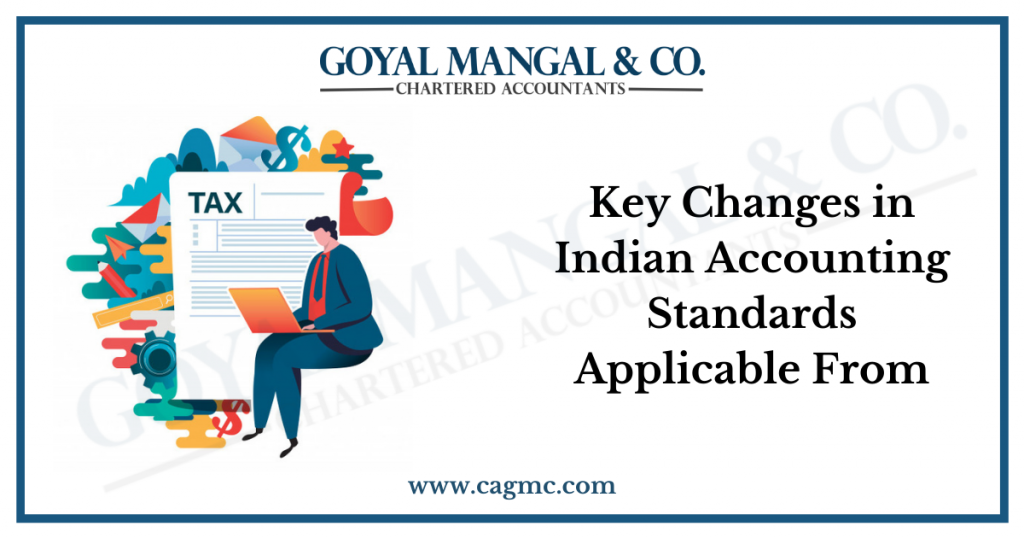
The difference between financial accounting and managerial accounting is as clear as the name suggests. Financial accounting is concerned with maintaining business transactions and documenting data so that users can make valuable financial decisions.
Management accounting, also known as managerial accounting, is a relatively new branch of accounting that deals with managerial issues. It is mostly concerned with providing financial reports to company management so that they can make sound economic judgments.
|
Table of content |
What is Management Accounting?
Managers and supervisors use management accounting to draw conclusions about the company’s day-to-day affairs. It is based on current and future trends rather than historical data or performance. For example, assessing the approximate number your company should demand for an upcoming product and analysing how profitable an upcoming product line is are both examples of managerial accounting business problems.
The objectives of management accounting include a focus on forecasting markets and emerging developments. This is useful because executives often need to make operational decisions at a moment’s notice.
Functions of Management Accounting
- Provides data: For management planning purposes, management accounting acts as a major source of data. The presented accounts, documents, and statements are a data warehouse that contains a wide range of data about the development of the company in the past. This data is very useful for making future predictions.
- Adjusts data: Financial information needed for management decision-making purposes is compiled and classified according to management requirements.
- Interprets and analyses Data: Performs meaningful and useful analysis of accounting data for effective planning and decision-making. And for this, the data presentation is done in a comparative form. Ratios are also calculated and trends are projected.
- Means of communicating performance: Management accounting acts as a means of communicating the performance of a business in terms of plans, trends, forecasts, etc.
- Qualitative Information: Unlike financial accounting, management accounting is not limited to financial data that helps management in decision-making but also covers all such information that can be measured in monetary terms to better understand the company’s performance.
What is Financial Accounting?
Financial accounting is the purest form of accounting. It deals with proper record keeping, compilation of financial statements, and reporting of financial data to provide relevant information to its users. It is based on:
- Accounting assumptions
- Accounting principles
- Accounting conventions
Financial statements are prepared in accordance with Schedule III of the Companies Act 2013. The objective of financial accounting is usually to ascertain information relating to the performance, profitability, and position of an organisation based on the business activities carried out. However, recently, with the help of the financial statement, information regarding cash flows and earnings per share is also provided.
Functions of Financial Management
Systematic recording: In a large corporation, a large number of transactions occur regularly, and it is impossible to remember them all. Consequently, they must be documented systematically and chronologically. They are then processed through journals, ledgers, and other systems before being converted into financial statements. Systematic records refer to the application of financial accounting standards and national government rules to track every financial transaction of the company.
Analysis: The financial accounting team must analyse and summarise the entire transaction to check its validity and authenticity. To determine the company’s profit or loss in a given financial year, the team analyses it in the trail balance and summarises it in the final account.
Communication: All parties must be informed of the financial results of the business for a particular financial year by the financial accounting team. Therefore, it will be communicated.
- shareholders
- creditors
- creditors
- Banking institutions etc.
Meeting Legal Requirements: The financial accounting team must comply with all legal requirements, such as ensuring that records for a particular financial year are audited by an external auditor and paying tax obligations in accordance with the country’s tax regime.
Major differences between Management and Financial accounting
| Points of Difference | Financial Accounting | Management Accounting |
| Definition | It is a discipline concerned with the maintenance of financial accounts as well as the dissemination of information to users. | It is concerned with providing data to managers that are valuable in the design of policies and daily operations for the optimum functioning of the business. |
| Primary Audience | External parties: shareholders, creditors, lenders, banks. | Internal parties: directors, managers, employees. |
| Report Type | Balance sheet, P/L statements, cash flow statements, etc. | The budget report, job costing report, production cost report, etc. |
| Nature of Reports | The reports are available to the general public. | These are generated for exclusive use by the company’s management and hence are private. |
| Information | Monetary | Monetary & non-monetary |
| Orientation | Historical | Forward-looking |
| Time Span | It is prepared for a specific period i.e. one year. | It is prepared whenever the need arises. |
| Guidelines & Formats | Follow GAAP/IFRS regulations & a specified format. | No regulations or formats are required. |
| Segments | Majorly concerned with reporting for the whole company. | It is focused on segment reporting. |
Conclusion
When it comes to financial accounting vs. management accounting, most organizations use both, even if they are not aware of it. It’s important to keep up-to-date on your company’s financial health, not just when you’re thinking about launching a new product line. Both financial and managerial accounting depends on your financial transactions. Thus, it helps in ensuring the accuracy of financial data reported in corporate financial reports to external parties. It also helps in the accuracy of estimates based on existing data and past performance.


